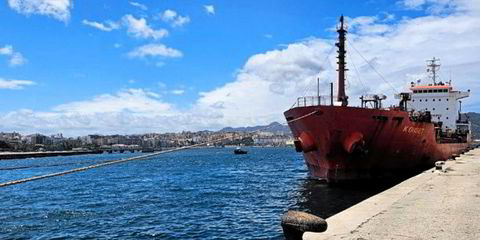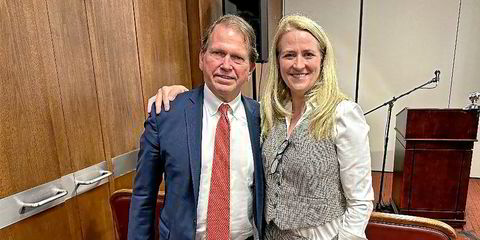Qatar’s potentially huge LNG carrier engine modification programme for its Q-Flex and Q-Max-size vessels has been nudged back.
It also remains unclear how many ships will undergo the work.
The fitting of new gas propulsion systems will give charterers Qatargas and RasGas the ability to run the vessels on both gas and heavy fuel oil, whichever is cheapest at the time.
Speaking recently about the planned retrofits, Abdullah Al-Sulaiti, deputy managing director at Qatari shipowning giant Nakilat, said the first engine conversions would probably take place sometime in 2014.
He acknowledged this would be later than original planned. Previously it had been scheduled to dovetail with the first dry-dockings of the 45-ship ‘Q-fleet’.
The programme was later pushed back to mid-2013 but has now been shunted into the following year.
“It is not really a straightforward process,” Al-Sulaiti explained. “It takes time to look at the technology, get the approvals.
“It is very likely that it is going to happen, the question is in terms of the number of ships. That is to be determined in the future. The selection will depend on a mix of factors such as the ability of vessels, the success of the technology, the view of the charterer in terms of the overall economics, and future low-sulphur fuel requirements, he said. “There is more than one factor that will come into the equation to determine whether the decision will be to go with the full modification of the fleet or a number of ships.”
Al-Sulaiti said the aim is to carry out the work in conjunction with the dry-dockings of the Q-Flex and Q-Max-size LNG carriers.
However, the first few of these have already been completed. One source suggested Qatar may target the vessels with the most distant first special survey dates as the initial conversion candidates.
“We are going to be very careful in how those (conversions) are going to be scheduled (to ensure) minimum disruption to the availability of the fleet to the charterer. That is a key factor,” he said.




